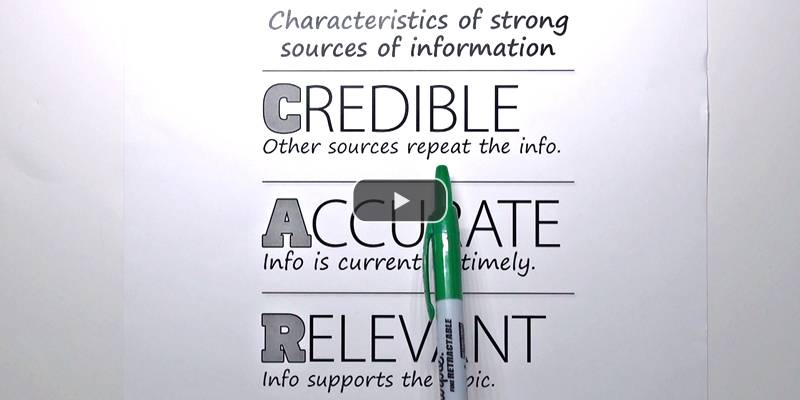Learning Center
reading
Alert readers to subtle misspellings in fake websites
august 13, 2018
Creators of “fake news” rely on the lazy reader. They hope that hasty scanning, reader inattentiveness, and misplaced confidence will result in the consumption of their “information” as truth.
To avoid this, teach students to closely analyze the web addresses of online texts and look for any oddities. Often, “fake news” creators set up websites that are spelled like well-known sites but have minor typos in them. These subtle misspellings may include:
- The addition of characters at the end of the domain name (e.g., “co” at the end of www.abcnews.com.co).
- The omission of letters (e.g., espn.cm versus “com”).
- The subtle misspelling of the company name (e.g., www.Amaz0n.com, www.mybonk.com versus “bank”).
NOTE: The above examples of “fake sites” have since been removed.
Creators of fake-news sites are crafty. They not only make their domain names similar, they create mock sites that look similar to the official ones. With nearly identical company logos, page layouts, and font choices, anyone can impersonate a real website and publish misleading information. Readers who overlooked the subtle misspelling in the url address now erroneously believe they are on an organization’s official website—because it looks right.




